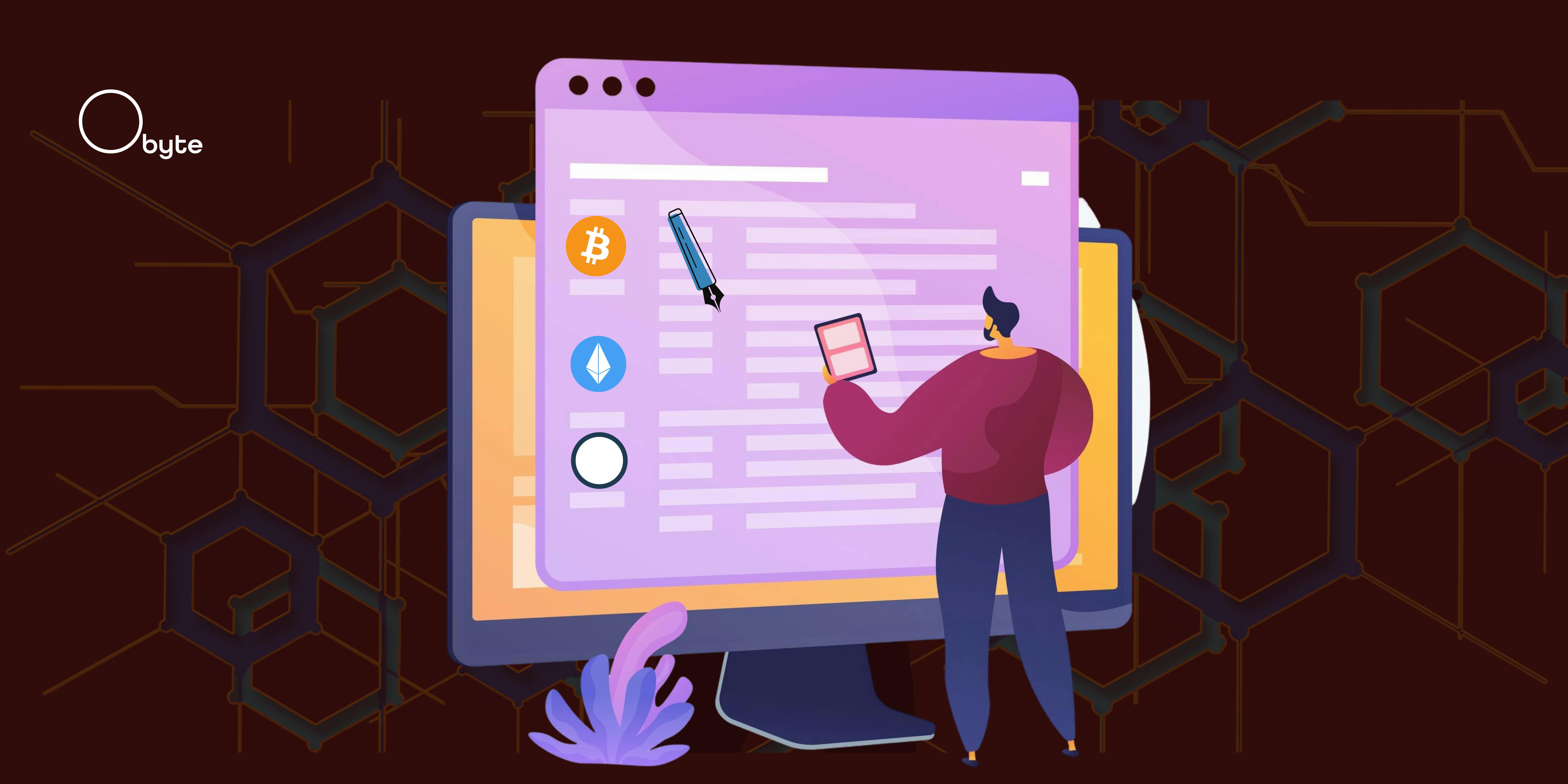You may have heard that there are hidden messages on the Bitcoin blockchain, and even on the Ethereum blockchain, too. Indeed, the first-ever block of Bitcoin (the genesis block) will forever carry the headline of a newspaper from that day: “The Times 03/Jan/2009 Chancellor on brink of second bailout for banks.” This was a little wink by Satoshi Nakamoto about why Bitcoin came to exist in the first place.
Some
If that sounds awfully complex for average mortals, well, the lesson here is that most crypto networks weren’t exactly built to send messages. However, it’s very possible, and not only has Satoshi engraved eternal notes on a decentralized ledger.
First, think about it…
So, slipping a note into a crypto transaction sounds fun, yet crypto systems aren’t built for chatting. The main hurdle is practical. Every transaction (including any text) gets copied by every full node forever. Adding more data could make the whole network slower, storage-heavy, and more expensive to maintain. That’s known in the community as “
On top of that, crypto networks juggle huge pressure to stay secure and decentralized. Every node must validate every transaction, and that limits how much data (even harmless messages) the network can carry at once.
In short, if you want to deliver a text, crypto networks allow it —but only in tiny, deliberate ways. They were never made as conversation platforms, but as immutable ledgers, focused on security and reliability, mainly for financial transactions. Engraving a forever message in a crypto network is possible, but first, think about whether it’s really worth it.
Encoded Messages
Now, we’re not lying here: it’s possible, but it’ll be complicated in most chains. It’s not rocket science either, but it’ll rarely be enough to just write your thing and press ‘send’. The process often involves converting your message to hexadecimal code, finding specific wallets that support this function or advanced features inside wallets, and pasting that hex code into a specific field, sending a transaction without funds.
In any case, each network has its own way to handle it. Bitcoin, for example, uses a special feature called
Ethereum and BNB Chain also let you
Other networks, like Ripple (XRP) and Stellar (XLM),
Human-readable Messages in Obyte
Not every crypto network makes the process of sending plain text so difficult. If you want to engrave a permanent message (or even just a temporary one) on a distributed ledger, you can do it without complex steps through the
And the fun doesn’t stop at plain messages. Besides assets and text, you can also send private profiles, attestations (ID verifications),
The best part is that you won’t need strange codes or ASCII juggling —just type what you want, pay a tiny fee, send, and it’s done. Whether it’s a casual quote, a timestamped note for later reference, or something more creative, Obyte lets anyone put their words alongside their transactions without needing to learn complex things first.
Featured Vector Image by vectorjuice /


